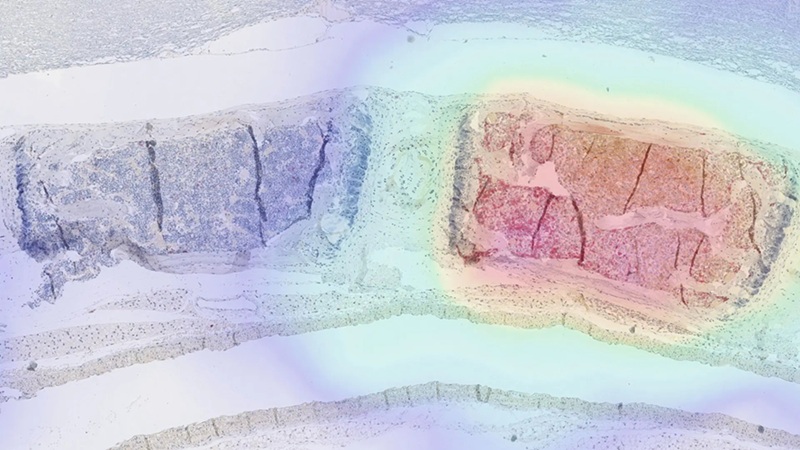New Method for Labeling T Cells in Immunotherapy to Make Treatments Safer
Posted on 16 Jun 2025
When conventional treatments such as those for cancer do not yield results, personalized cell therapies are becoming an increasingly promising alternative. One notable example is CAR-T-cell therapy, where a patient's immune cells are extracted and genetically modified in the laboratory to express a receptor that targets specific markers found on cancer cells. Once reintroduced into the body, these engineered cells proliferate and launch an immune attack on the tumor.
For physicians, having precise insight into how these modified cells act inside the body would be immensely helpful: Are they reaching the intended target? Are they replicating adequately? Could they behave erratically and, in the worst case, harm healthy tissue? At present, clinically applicable methods to answer such key questions are unavailable. A newly developed tracking approach could now provide deeper insight into the behavior of these therapeutic cells and enhance the safety of future treatments.

Researchers at the Technical University of Munich (TUM, Munich, Germany) have introduced a potential solution that involves incorporating an additional synthetic receptor into the genetically altered immune cells. These cells can then be tracked using PET imaging in combination with a specially formulated, non-toxic radioactive contrast agent. When this contrast agent, known as a radioligand, is administered, it binds exclusively to the engineered cells and their progeny, allowing for their visualization.
The method leverages specially designed proteins with precise binding capabilities, known as anticalins, which have been under development at TUM since the 1990s. This led to the creation of an anticalin that binds with the ligand DTPA and has now been adapted for use as a surface receptor on cells. Using this framework, the team created an artificial gene prompting the cells to display the anticalin receptor “DTPA-R” on their surfaces and tested the strategy on CAR-T cells.
In mouse model experiments, the team successfully demonstrated that the altered cells migrated to the diseased tissue and multiplied there. As reported in Nature Biomedical Engineering, the radioligand was also shown to be rapidly eliminated via the kidneys, to bind solely with cells bearing the artificial receptor, and to avoid interference with other biological functions.
Additionally, the research revealed that this tracking method could be used for observing gene therapies where viruses are employed to modify genetic material within cells. While promising, the technology is still in its early developmental stage. Before clinical use in humans can begin, further safety and efficacy evaluations through clinical trials are essential. Efforts toward advancing this method into clinical trials and commercial applications are currently in progress.
“For several years now, it has been clear that new medical applications like immunotherapies and gene therapies hold tremendous potential,” said TUM professor Wolfgang Weber, who led the study. “We believe that we have created a valuable tool that can make such therapies safer by providing better insight into what happens inside the body.”
Related Links:
TUM














